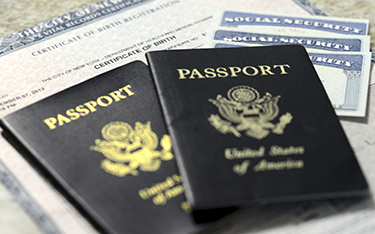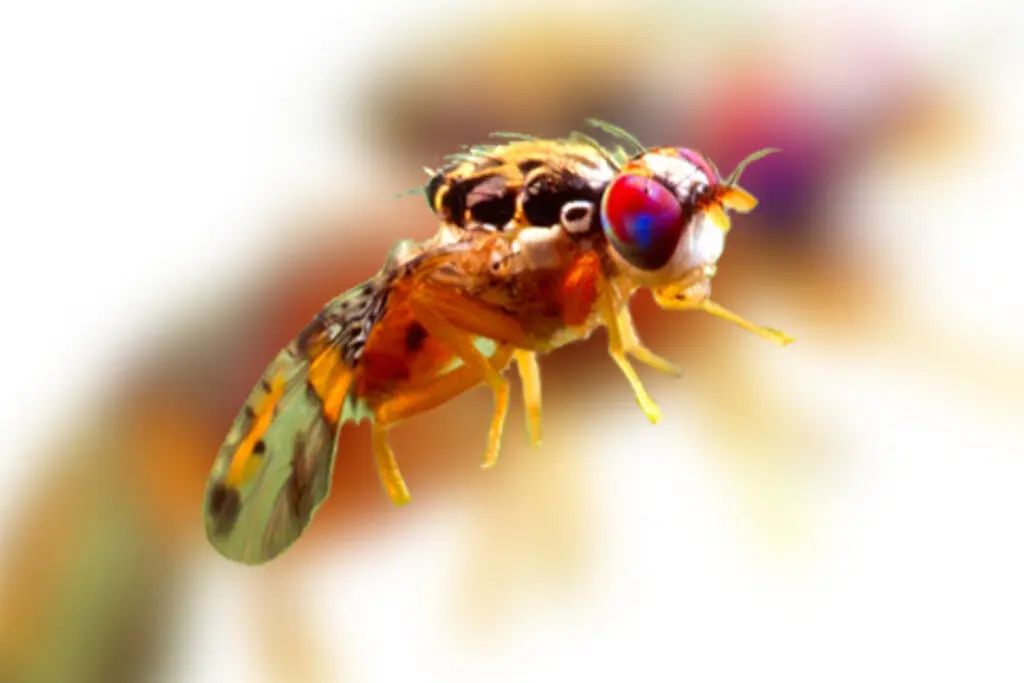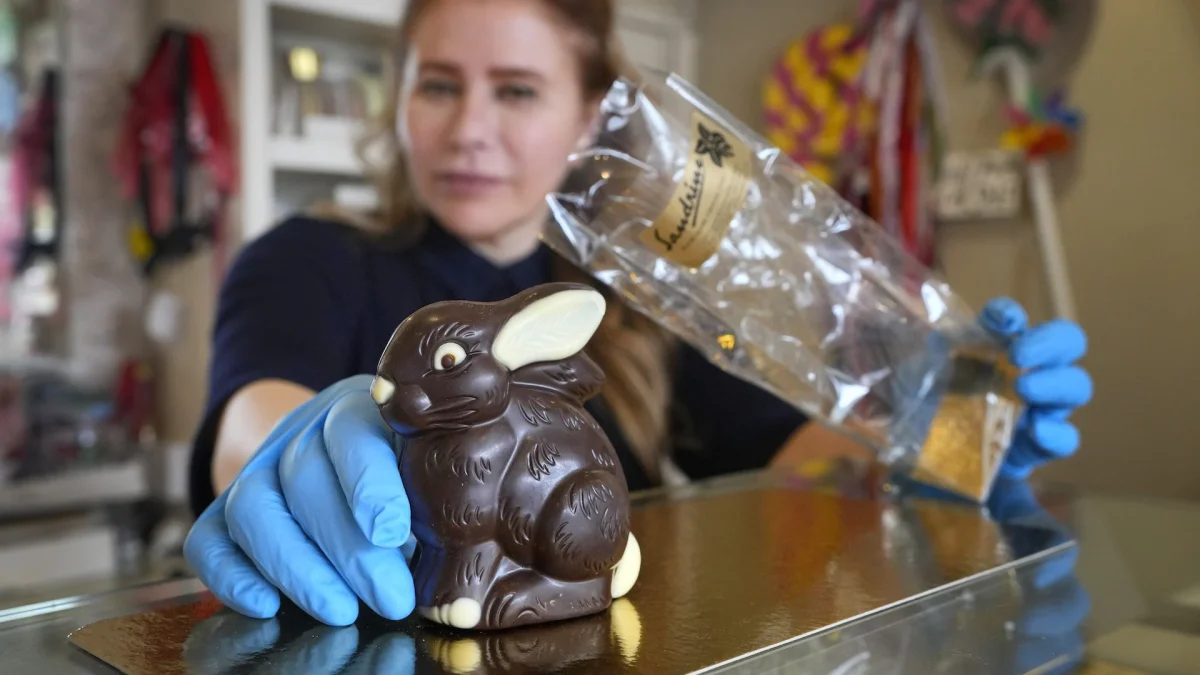Most seals are amazing divers, and the elephant seal is no exception. While they may not be the prettiest seal, elephant seals are extremely skilled divers. The northern elephant seal can dive to depths of more than 5,000 feet, and its southern counterpart can dive down to depths of more than 7,000 feet. These seals can hold their breath for up to two hours while underwater. Before they dive, they exhale and push all the air out of their lungs. The seals get oxygen from their blood, and their blood pressure can drop to 3 beats per minute. But how do they know when it’s time to surface?
Chris McKnight is a Senior Research Fellow for the University of St. Andrews School of Biology. He’s spent his career studying the physiology of seals. In 2019, McKnight decided to study another mammal: Humans. He observed three free-divers black out due to a lack of oxygen. This made him wonder why seals don’t share this experience.
McKnight and a team of scientists put together an experiment to find the answer. They put wild seals in a pool to hunt for food, leaving only a small pocket of air for the seals to surface. In the air pocket, the scientists tried different types of air. They then measured how long each seal stayed underwater to see exactly how they react to diving with each type of air.
The expectation was that the seals would dive longer when exposed to high-oxygen levels in the air compared to low-oxygen conditions. This would prove that the seals track their internal oxygen and change their dive lengths depending on how much oxygen they have. This hypothesis turned out to be completely true. However, their dive behavior did not drastically change when they were exposed to high levels of CO2. Researchers found this observation surprising, as other mammals had more extreme reactions to the gas.
McKnight suggests that all mammals have the ability to measure their oxygen levels, but their ability to process it varies from species to species, which is why free-divers black out before they can resurface for air.
Sources:























